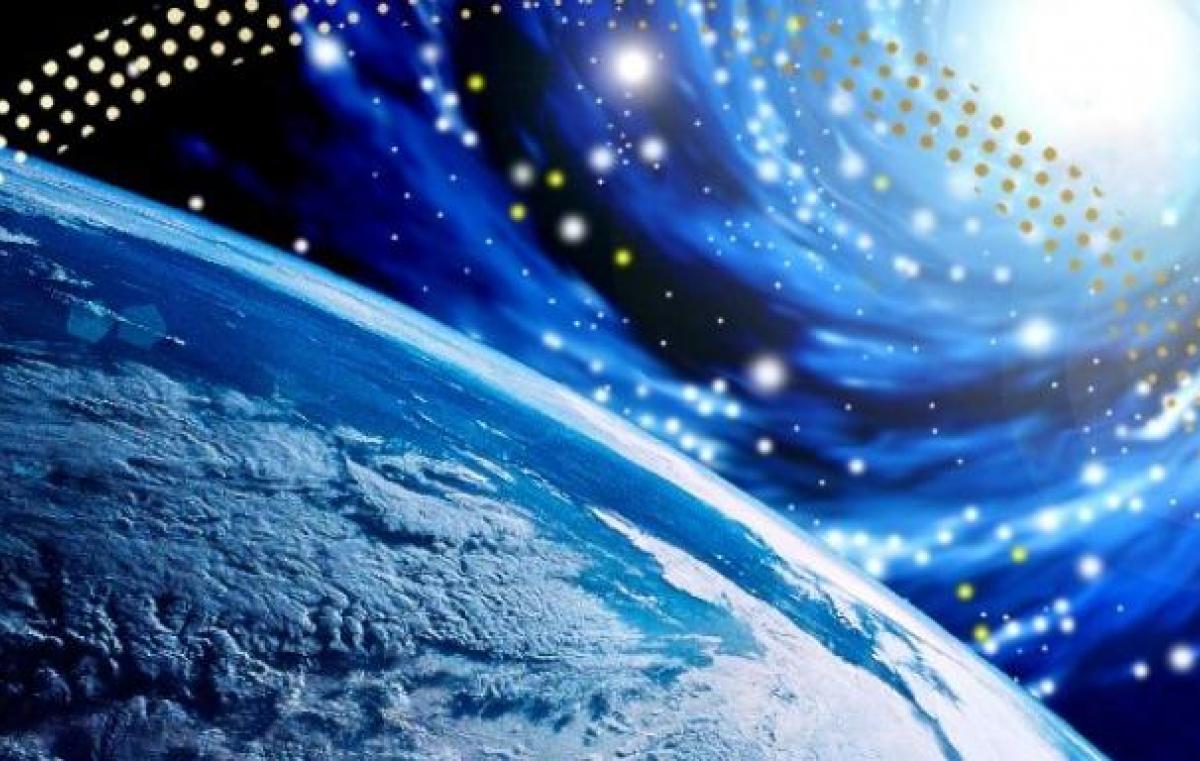Protecting the Ozone Layer
September 16 is “International Day for the Preservation of the Ozone Layer”. Its purpose is to limit the production and use of substances that caused the ozone hole

September 16 marks International Day for the Preservation of the Ozone Layer, which was first proclaimed by the United Nations General Assembly in 1994, commemorating the date, in 1987, of the signing of the Montreal Protocol on Substances that Deplete the Ozone Layer. The purpose of marking this date is to limit the production and use of anthropogenic (man-made) chemical substances that caused the ozone hole.
The heat wave affecting our regions raises public awareness of global changes and the warming of the climate system on Earth. Prof. Steve Brenner, of the Department of Geography and Environment at Bar-Ilan University, elucidates the connection between the hole in the ozone layer and the greenhouse effect that causes global warming.
Ozone (O3) is a gas that filters out most of the harmful ultraviolet radiation that reaches Earth. The Montreal Protocol, a treaty signed by 197 countries, is considered the greatest success in the global environmental field. To date, all the signs point to the recovery of the ozone layer and the closing of the hole. In light of this success, the question arises why similar international agreements to limit greenhouse gas emissions (e.g., The Kyoto Protocol and the Paris Agreement) are not as successful?
We must distinguish between the greenhouse effect, one of the most prominent climate change processes, and the thinning of the ozone layer. The greenhouse effect results from the effect of greenhouse gases (mainly water vapor, carbon dioxide and methane) on the passage of infrared radiation in the atmosphere, and it causes the heating of the lower layers that are close to Earth’s surface. Basically, the greenhouse effect is a natural and necessary process for Earth’s temperate climate. Without it, the average temperature of Earth’s surface would drop by thirty three degrees or more.
However, additionally, there are also anthropogenic contributions mainly to carbon dioxide and methane resulting from human activity. The three biggest contributors to the process are energy production, transportation and industry, all of which rely on burning fossil fuels and thus cause additional greenhouse gas emissions and increase the rate of global warming.
Herein lies the answer to the obvious question: the thinning of the ozone layer is a very focused process, clear and comprehensible from the scientific standpoint, with relatively little uncertainty. Replacing the harmful substances with more friendly materials was relatively easy and successful. We hardly noticed, for example, that components in deodorants or gas for the refrigerator or airconditioner were replaced.
On the other hand, the greenhouse effect is an inherent part of a complex and complicated system with a much greater level of uncertainty than the thinning of the ozone layer. Limiting anthropogenic greenhouse gas emissions and switching to alternative energy sources has far-reaching global consequences and economic, social and political costs that did not previously exist.
For more on the Department of Geography and Environment